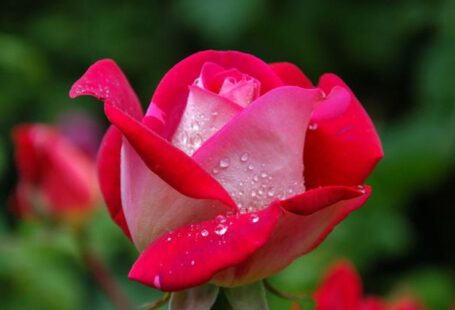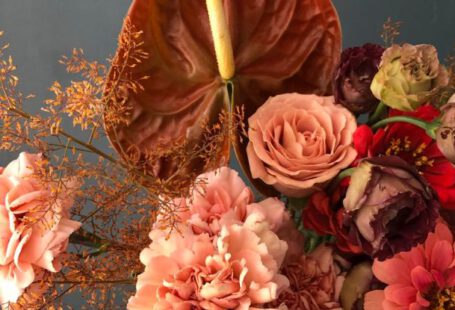Gardening enthusiasts often find themselves faced with the dilemma of choosing between growing ornamental plants for their beauty or edible plants for their functionality. However, there is a growing trend towards incorporating both edible and ornamental plants in a flower garden, creating a harmonious and multi-functional outdoor space. But can you mix edible and ornamental plants in a flower garden successfully? Let’s explore the benefits and considerations of combining these two types of plants in your garden.
The Beauty of Mixing Edible and Ornamental Plants
One of the primary advantages of mixing edible and ornamental plants in a flower garden is the visual appeal it creates. By incorporating edible plants such as herbs, vegetables, and fruits alongside ornamental flowers and shrubs, you can add texture, color, and interest to your garden. Imagine the vibrant hues of tomatoes and peppers interspersed with the delicate blooms of roses and lavender, creating a dynamic and visually stunning landscape.
In addition to enhancing the aesthetic appeal of your garden, mixing edible and ornamental plants can also maximize the use of space. Many edible plants, such as herbs and certain vegetables, can be grown in containers or small garden beds, making them ideal companions for ornamental plants in a limited space. This efficient use of space allows you to enjoy both the beauty of ornamental plants and the bounty of edible crops in your garden.
Considerations for Mixing Edible and Ornamental Plants
While the idea of mixing edible and ornamental plants in a flower garden may sound appealing, there are some considerations to keep in mind to ensure the success of your garden design. One important factor to consider is the maintenance requirements of different plant species. Some edible plants may have specific watering, fertilization, or sunlight needs that differ from ornamental plants. It is essential to research the care requirements of each plant species to ensure they can coexist harmoniously in your garden.
Another consideration when mixing edible and ornamental plants is the potential for cross-pollination. Certain plants, such as squash and cucumbers, may cross-pollinate with other plant varieties, leading to undesirable results in your garden. To prevent cross-pollination, consider planting compatible plant species together or separating them with physical barriers, such as trellises or fences.
Creating a Balanced Garden Design
To successfully mix edible and ornamental plants in a flower garden, it is essential to create a balanced garden design that considers the needs and aesthetics of both plant types. Start by selecting plant species that complement each other in terms of growth habits, colors, and maintenance requirements. For example, pairing trailing herbs like thyme or oregano with compact ornamental flowers can create a harmonious and visually pleasing garden bed.
When designing your mixed garden, consider creating defined planting areas for edible and ornamental plants to prevent overcrowding and competition for resources. Grouping plants with similar water and sunlight needs together can help simplify maintenance tasks and ensure the health and vitality of your garden.
In conclusion, mixing edible and ornamental plants in a flower garden can be a rewarding and enjoyable gardening experience. By carefully selecting plant species, considering maintenance requirements, and creating a balanced garden design, you can create a beautiful and functional outdoor space that combines the best of both worlds. So, go ahead and experiment with mixing edible and ornamental plants in your garden to create a unique and dynamic landscape that will delight both the eye and the palate.





